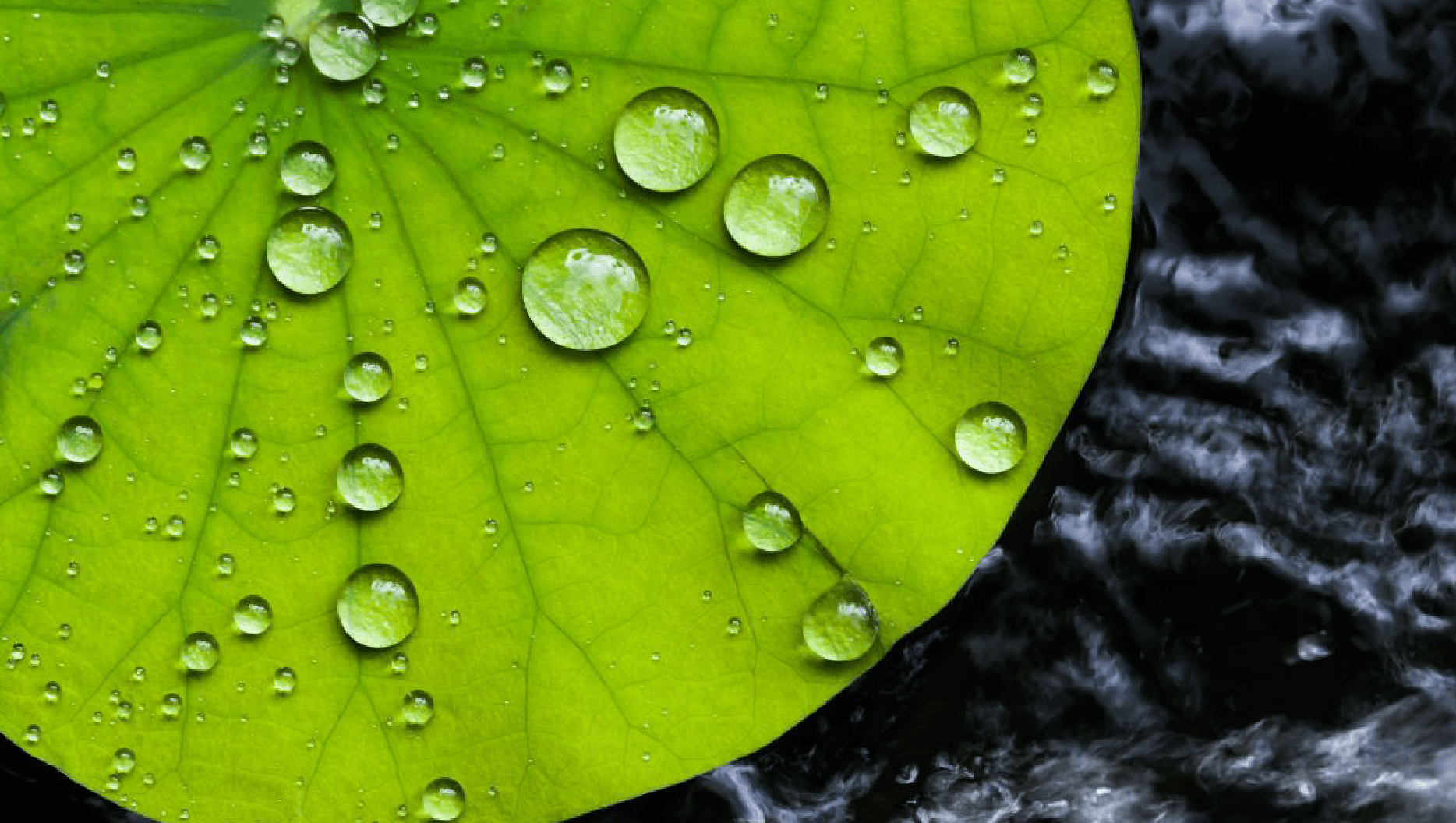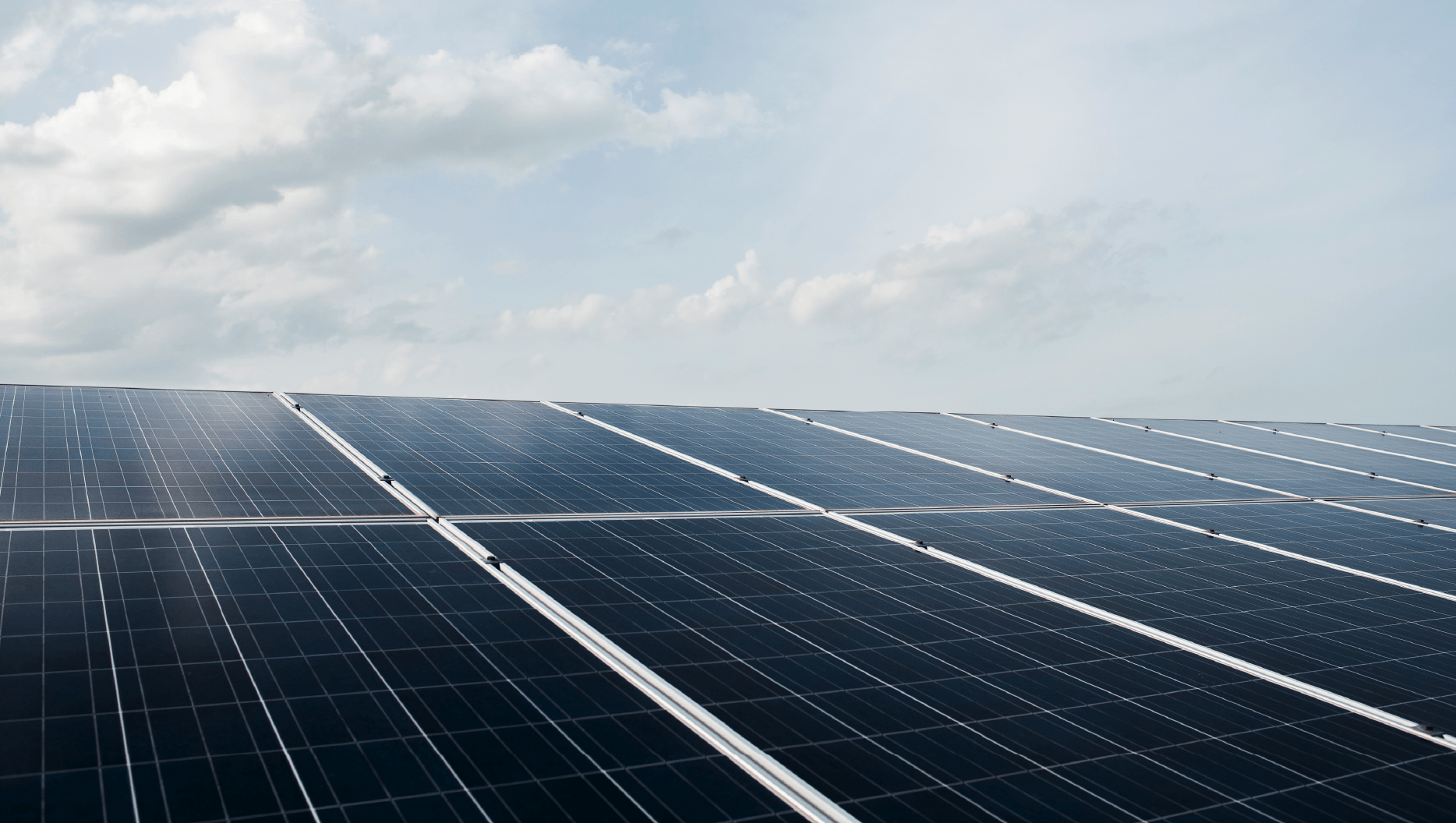Nano-Coating Principles: What Are They & How Do They Work?
Nanotechnology is reshaping modern surface protection. Through molecular bonding, nano-coatings create ultra-thin layers that strengthen materials against UV, abrasion, and contaminants. This article explains how these coatings work, their real-world performance, and why they’re setting new standards for durability and easy maintenance across glass, stone, and metal surfaces.

Understanding "Nano" and Nanocoatings: Definition, Purpose, and Applications
The term "nano" is a prefix signifying one-billionth of any given unit. For instance, one meter consists of a billion nanometers.
Nanotechnology encompasses all activities at the nanoscale, spanning various fields such as chemistry, technology, and engineering. The core elements of nanotechnology are nanoparticles, typically measuring 100 nanometers or smaller. The main focus of nanotechnology involves manipulating and designing matter at this scale, which is approximately 1/80,000th the width of a human hair.
This technology finds applications in various industries, including medicine, engineering, chemistry, and agriculture. For example, nanoparticles are used in medical diagnostics and treatments and are anticipated to play a role in sustainable energy by offering environmentally friendly solutions. Nanotechnology is also extensively employed in manufacturing and industrial sectors to enhance the properties of end products.
In everyday life, nanotechnology extends the shelf life of food packaging, reduces the weight of electronic devices, enhances the UV resistance of sunscreens, strengthens artificial bones, and improves the durability of vehicle surfaces against environmental factors.
What Are Nanocoatings
Nanocoatings are ultra-thin layers developed using principles of nanotechnology. When applied to surfaces, these coatings impart various beneficial properties, including:
- Water and oil repellency
- UV resistance
- Resistance to scratches, impacts, mould, fading, and oxidation
- Prevention of bacterial growth
- Resistance to harmful chemicals
These properties enhance the functionality and longevity of treated surfaces, making nanocoatings widely used across different materials, products, and structures.
Advantages of Nanocoatings
Depending on the material, surfaces treated with nanocoatings gain several beneficial properties, including liquid and stain repellency, scratch resistance, and chemical durability. These enhancements allow consumers to use products more efficiently, extend the lifespan of their belongings or home/vehicle surfaces, and maximise the value of their purchases. Nanocoating-treated products are easier to clean and more resistant to damage, reducing the time and effort needed for maintenance. As a result, personal items and valuables remain in better condition for a more extended period, thereby increasing their overall value.
Hydrophobic Coatings and the Lotus Effect: Application of Nanocoatings
Hydrophobia, in this context, refers to the property of repelling water. Surfaces treated with nanocoatings become hydrophobic, repelling liquids and remaining stain-free.
The "lotus effect" is derived from the lotus flower, which, like the waterlily, has leaves that repel water and dirt. This natural hydrophobic quality is also observed in other plants, such as wheat and corn. The structure of nanocoatings mimics these plants, providing treated surfaces with similar water repellency and easy cleaning properties, known as the lotus effect.
Nanocoatings can be applied to a wide range of surfaces, including textiles, glass, ceramics, metals, wood, and natural minerals. They protect clothing and footwear from stains and enhance the surfaces of vehicles, wooden furniture, boat decks, and many other materials with hydrophobic properties and the lotus effect.
"The "lotus effect" is derived from the lotus flower, which, like the waterlily, has leaves that repel water and dirt"
UV Protection: Preventing Surface Damage with Nano Coatings
Just as UV rays can damage human skin, surfaces are also vulnerable to UV exposure. Prolonged exposure to UV rays can cause discolouration, fading, cracking, disintegration, sunburns, breakage, and loss of flexibility—a process known as UV degradation.
Many natural and synthetic materials used daily are susceptible to UV degradation. Nanocoatings that offer UV protection are designed to shield surfaces, particularly those made of rubber, wood, and PVC, from sun damage.
When UV-protection nano coatings are applied to surfaces exposed to sunlight, this invisible layer acts as a barrier, preventing fading, wear, and cracking. These nanocoatings are commonly used on wooden furniture, textiles, leather, boat surfaces, and vehicle paintwork to protect against UV degradation.
Stain Repellency and Easy-to-Clean Properties: How Nanocoatings Help
Nanocoated surfaces repel liquids and dirt, preventing the formation of stains and making cleaning easier. Even substances that typically cause stubborn stains cannot penetrate the deeper layers of the surface due to the protective nanocoating layer, allowing them to slide off easily. The hydrophobic properties and lotus effect of nanocoatings prevent dirt from adhering to the surface, allowing for easy cleaning without the need for traditional methods.
Nanocoatings are widely used in textiles, car care, detailing personal belongings, and home surfaces. For example, suede shoes treated with a nano-textile protection product can be wiped clean even after exposure to dirt and mud. Similarly, nano vehicle surface protection products form a durable, long-lasting layer over paintwork, preventing stains and damage from rain, mud, lime, hard water, bird droppings, chemicals, and gravel.
Industrial Applications and Mechanisms of Nanocoatings
Nano coatings are utilised across various industries for the protective layers they create on different surfaces.
Nanocoatings protect fabrics against stains, fading, wear and tear, wrinkles, UV damage, and bacterial growth in the textile and retail industries. In the automotive and marine sectors, these coatings protect surfaces from liquids, moisture, and UV rays, thereby preventing oxidation, corrosion, and scratches. Nanocoatings are also used on furniture, home surfaces, and personal belongings due to their liquid and stain repellency, easy-to-clean properties, and resistance to chemicals and scratches. Compared to standard coatings, nano coatings offer more effective and long-lasting protection with a significantly reduced amount of product.
Nanocoatings consist of microscopic particles at the nanometer scale. This allows them to form a much thinner layer on treated surfaces than standard coatings, making the protective layer invisible to the human eye without altering the surface's texture or appearance. The nano-coating layer alters the surface energy of the treated material, endowing it with properties such as liquid repellency, stain resistance, ease of cleaning, and durability against various damaging factors. This prolongs the lifespan, enhances the usability, and increases the functionality and value of the end products treated with nanocoatings.
Summary of the Article on Nanotechnology and Nanocoatings
The article delves into the world of nanotechnology, which involves manipulating matter at a microscopic scale, typically involving nanoparticles that are 100 nanometers or smaller. This field of science has applications across various industries, including medicine, engineering, agriculture, and industrial manufacturing. Nanotechnology plays a significant role in everyday life, improving everything from the durability of vehicle surfaces to the lifespan of food packaging.
An essential application of nanotechnology is in nanocoatings, which are ultra-thin layers applied to surfaces to enhance their properties. These coatings can make surfaces water- and oil-repellent, resistant to UV rays, scratches, and bacteria, and easier to clean. The article also highlights how nanocoatings can protect surfaces from UV degradation, prevent stains, and facilitate easy cleaning, all while preserving the original appearance of the treated material. These coatings are used in various industries, including textiles, automotive, marine, and home goods, offering long-lasting and effective protection.
FAQ
1. What does "nano" mean, and what is nanotechnology?
"Nano" refers to one billionth of a unit, such as a nanometer, which is one billionth of a meter. Nanotechnology is the science of manipulating materials at the nanoscale, which involves creating and using nanoparticles. This technology is applied in fields like chemistry, engineering, and medicine.
2. What are nanocoatings, and what do they do?
Nanocoatings are extremely thin layers applied to surfaces to enhance their properties and functionality. These coatings can make surfaces water— and oil-repellent, resistant to UV rays and scratches, prevent bacterial growth, and make them easier to clean.
3. What benefits do nanocoatings offer?
Surfaces treated with nanocoatings exhibit enhanced properties, including stain resistance, chemical durability, and ease of cleaning. These coatings also extend the lifespan of products, reduce maintenance efforts, and protect valuable items from damage.
4. What is the lotus effect, and how does it relate to nanocoatings?
The lotus effect refers to the water-repellent properties of the lotus flower's leaves. Nanocoatings mimic this natural effect, making treated surfaces hydrophobic, so liquids and dirt slide off easily. This property protects textiles, vehicle surfaces, and other items from stains and moisture.
5. How do nanocoatings protect against UV damage?
Nanocoatings can shield surfaces from harmful UV rays, preventing discolouration, fading, and cracking. These coatings are often used on materials prone to UV degradation, such as wood, rubber, and PVC, to prolong their lifespan.
6. How do nanocoatings prevent stains and make surfaces easier to clean?
Nanocoatings prevent stains from forming on surfaces by creating a barrier that repels liquids and dirt. This hydrophobic layer ensures that dirt doesn't bond to the surface, making cleaning quicker and easier.
7. In which industries are nanocoatings commonly used?
Nanocoatings are used in various industries, including textiles, automotive, marine, and home goods. They provide protective layers that enhance the durability, functionality, and longevity of treated surfaces, ranging from clothing and footwear to vehicles and furniture.
Explore the science behind surface protection. Learn more about CompleteProtect™ and see how JUMBOGUARD™ nano technology is redefining long-term durability for real-world applications.




